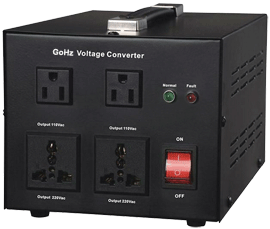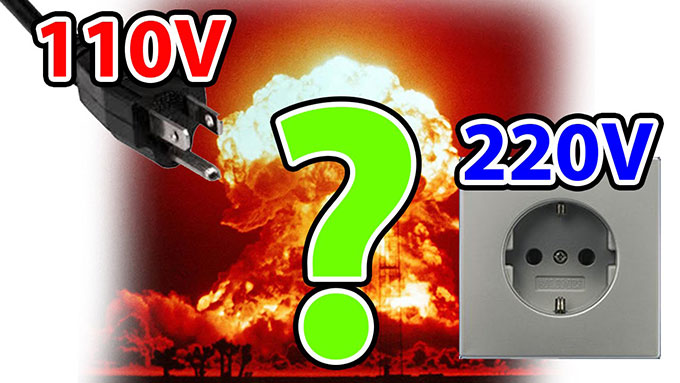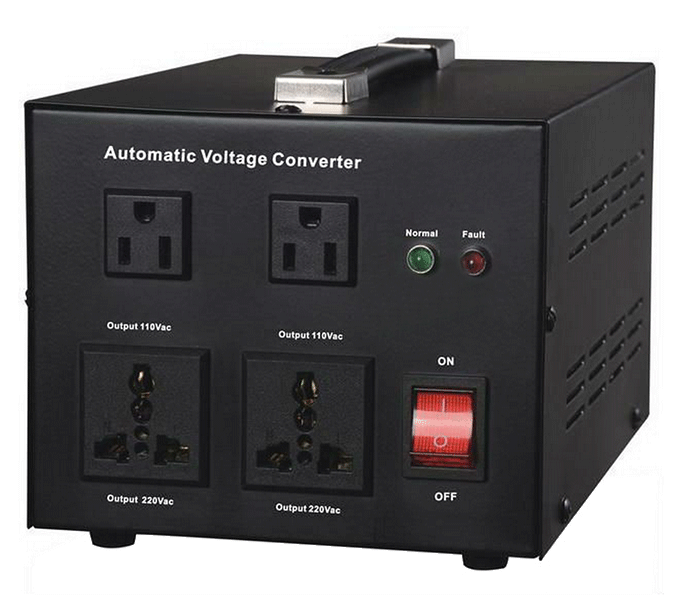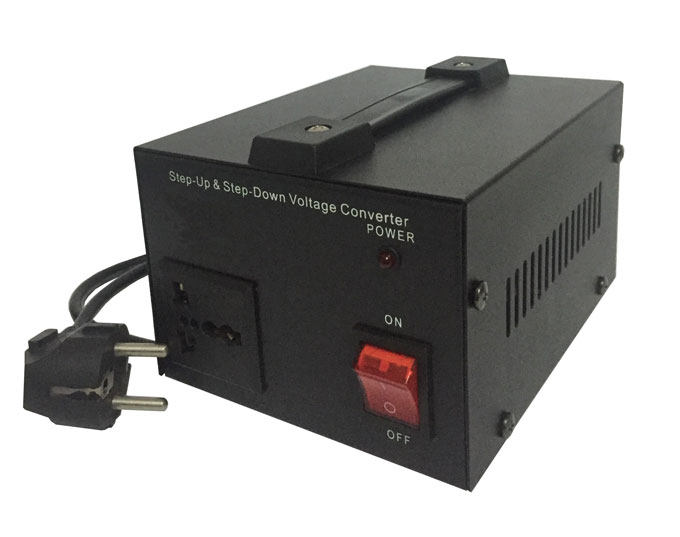How to Use Voltage Converter More Safely
When we use foreign electrical appliances at home, we will encounter one problem that the domestic voltage is 220V, but some of the electric appliances need 100-120V voltage, so we should use a 220V (230V, 240V) to 110V (120V) step-down voltage converter. Because most people use a 220V to 110V step-down voltage converters in their homes, so they will think more about security. As we know, human body's safe voltage is less than 36V, but the voltage converter output voltage is 110V. Then, does the home voltage converter safe? How about the safety performance of the voltage converter? In order to make people use voltage converter more safely, we will tell you what you should pay attention to in the selection and application of a 220V to 110V step-down voltage converter.
When selecting a voltage converter, you need to pay special attention to the following:

When selecting a voltage converter, you need to pay special attention to the following:
- Select the voltage converters with entire copper wire coil. When the electrical appliances work in full power, the voltage converter can keep high efficiency, and low rising-temperature.
- Select the voltage converters with overload protection. When the actual load exceeds the rated, the voltage converter will automatically cut off the power supply to prevent the potential hazard.
- Select the voltage converters with ground protection. Ground protection is to make the product metal shell and the power grid completely connected. It can effectively prevent personal electric shock accidents. For a 220V to 110V step-down voltage converter, the internal power transformer is toroidal type, its raw materials are insulating, and it built-in protection device, the voltage converter is safer in application.
- Select the voltage converters with larger power than the electric appliances. In advance to set aside some space, it can be as much as possible to avoid accidents caused by overload, and extend the service life of voltage converter.
- Check whether the power of the electric appliances is within the conversion power range of the voltage converter before use.
- Do not intertwine the power line, in order to avoid overheat and cause a fire.
- Do not use a 220V to 110V step-down voltage converter in the place where may be splashed by water or liquid.
- Do not use a 220V to 110V step-down voltage converter when your hands wet.
- Do not place a 220V to 110V step-down voltage converter where children can easy reach.
- Do not use a 220V to 110V step-down voltage converter when you find water or foreign matter in the socket.
- Do not disassemble or remodel the device by yourself, and be sure to connect earth wire to avoid electric shock.
- According to the power of your electric appliances, do not let a 220V to 110V step-down voltage converter works in overpower or overload to avoid damage to the device.
- Do not cover the converter when you are using it to dissipate the heat.
- Please turn off the power switch of voltage converter when not using it.

Is this work when our volts in home range only 199v?
Post a Comment:
You may also like:

With a Voltage Converter, you can convert
110v to 220v;
120v to 220v;
220v to 110v;
230v to 110v;
240v to 110v.
Note, voltage converters do NOT convert 50Hz to 60Hz, or 60Hz to 50Hz.
Featured Articles
What Happens When an Appliance is ...
 If the 110V appliance is connected to a 220V power supply, the power may quadruple at the moment the appliance switched on, and ...
If the 110V appliance is connected to a 220V power supply, the power may quadruple at the moment the appliance switched on, and ...
 If the 110V appliance is connected to a 220V power supply, the power may quadruple at the moment the appliance switched on, and ...
If the 110V appliance is connected to a 220V power supply, the power may quadruple at the moment the appliance switched on, and ...Automatic 220v to 110v Voltage ...
 As we know, electric voltage of some countries and regions is 220V. But in America, the electric voltage is generally 110V. When ...
As we know, electric voltage of some countries and regions is 220V. But in America, the electric voltage is generally 110V. When ...
 As we know, electric voltage of some countries and regions is 220V. But in America, the electric voltage is generally 110V. When ...
As we know, electric voltage of some countries and regions is 220V. But in America, the electric voltage is generally 110V. When ...Voltage Difference between US and UK
 Many people who travel to the United States found it difficult to use their electronic devices, because of different power supply ...
Many people who travel to the United States found it difficult to use their electronic devices, because of different power supply ...
 Many people who travel to the United States found it difficult to use their electronic devices, because of different power supply ...
Many people who travel to the United States found it difficult to use their electronic devices, because of different power supply ...